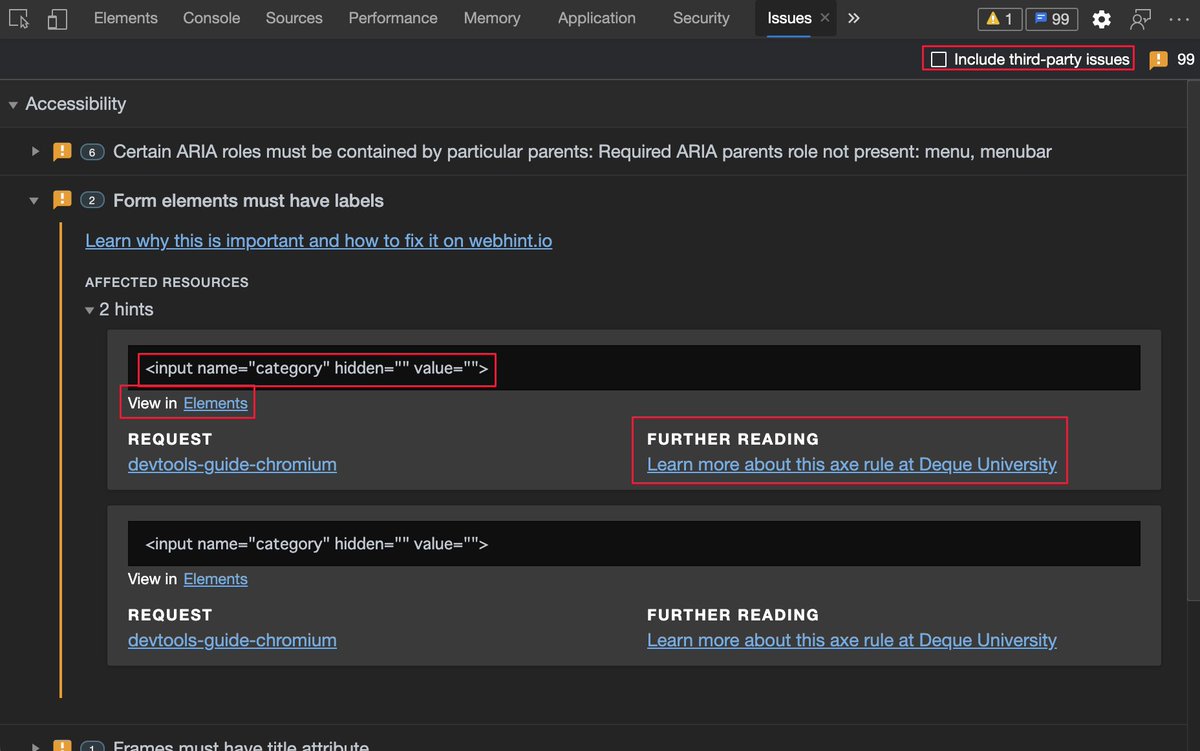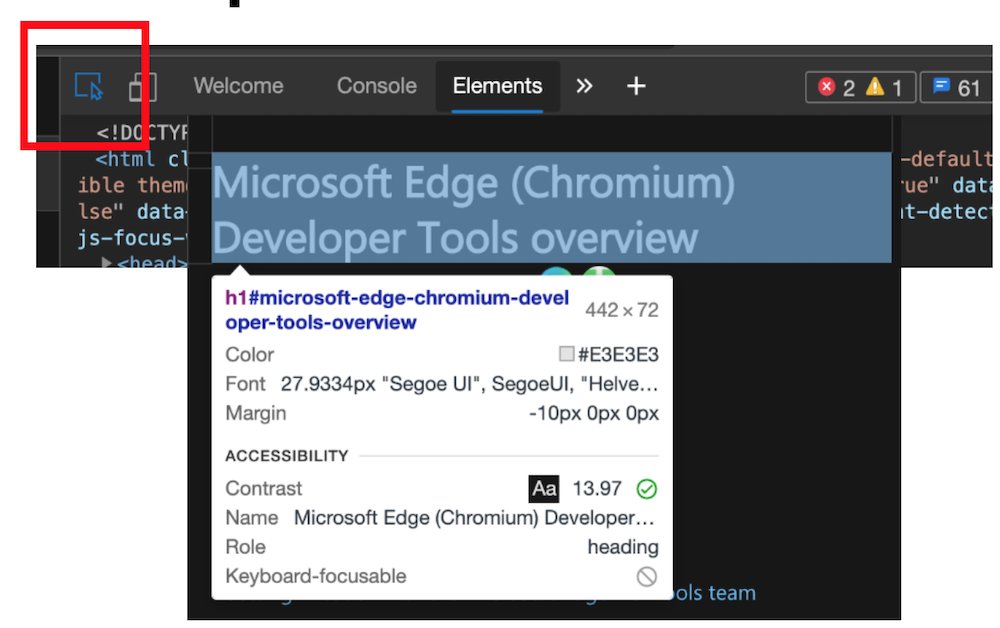I'm going to tell you a little bit how we work on features at GitHub. It's simple, but very powerful in my opinion. At GitHub we have a high performance culture.
More from Internet
🚨 🦮 Seven ways to test for accessibility using only what is already in browser developer tools of Chromium browsers https://t.co/C7kdbigHGE
@MSEdgeDev @EdgeDevTools @ChromiumDev
#tools #accessibility #browsers
Also, a thread: 👇🏼

Issues pane, powered by @webhintio, listing accessibility issues with explanations why these are problems, links to more info and direct links to the tools where to fix the problem. https://t.co/4K5RynHhbg

The inspect element overlay showing accessibility relevant information of the element, including contrast information, ARIA name, role and if it can be focused via keyboard.

Colour picker with contrast information offering colours that are AA/AAA compliant. You can also see compliant colours indicated by a line on the colour patch.
Note: the current algorithm fails to take font weight into consideration, that's why there will be a new one.

Vision deficit ("colour blindness") emulation. You can see what your product looks like for different visitors.
https://t.co/bxj1vySCAb

@MSEdgeDev @EdgeDevTools @ChromiumDev
#tools #accessibility #browsers
Also, a thread: 👇🏼

Issues pane, powered by @webhintio, listing accessibility issues with explanations why these are problems, links to more info and direct links to the tools where to fix the problem. https://t.co/4K5RynHhbg

The inspect element overlay showing accessibility relevant information of the element, including contrast information, ARIA name, role and if it can be focused via keyboard.

Colour picker with contrast information offering colours that are AA/AAA compliant. You can also see compliant colours indicated by a line on the colour patch.
Note: the current algorithm fails to take font weight into consideration, that's why there will be a new one.

Vision deficit ("colour blindness") emulation. You can see what your product looks like for different visitors.
https://t.co/bxj1vySCAb

The Internet and mobile phones have taken over our lives. But it comes with increasing security concerns. Website data breaches, phishing attacks, and other online scams are commonplace. Here's a thread for regular people on how to increase your security online.
#StaySafeOnline
#1
Go to your Google account settings. Revoke permissions from all the apps you don't use: https://t.co/cMGgSgtRTI
Also check if any app has access to your contacts or - gasp! - your entire email. Strongly reconsider both, especially access to your email.
Giving access to your contacts lets companies spam those people.
Giving access to your email - email organising apps, for instance - renders your online security meaningless. Password resets are often done with email, and if an external entity can access that, game over!
#2
Go to your Twitter account settings and revoke permissions from all the apps you don't use or trust:
https://t.co/lXxCgdnaXH
Online quizzes and such sites often ask for permission to post tweets for you, read your tweets, and even your DMs!.
People click "OK" without reading the fine print.
But imagine the security and privacy risk with having some unknown entity be able to post tweets and read your private DMs just to post the results of what Game of Thrones character you are.
#StaySafeOnline
#1
Go to your Google account settings. Revoke permissions from all the apps you don't use: https://t.co/cMGgSgtRTI
Also check if any app has access to your contacts or - gasp! - your entire email. Strongly reconsider both, especially access to your email.
Giving access to your contacts lets companies spam those people.
Giving access to your email - email organising apps, for instance - renders your online security meaningless. Password resets are often done with email, and if an external entity can access that, game over!
#2
Go to your Twitter account settings and revoke permissions from all the apps you don't use or trust:
https://t.co/lXxCgdnaXH
Online quizzes and such sites often ask for permission to post tweets for you, read your tweets, and even your DMs!.
People click "OK" without reading the fine print.
But imagine the security and privacy risk with having some unknown entity be able to post tweets and read your private DMs just to post the results of what Game of Thrones character you are.

















